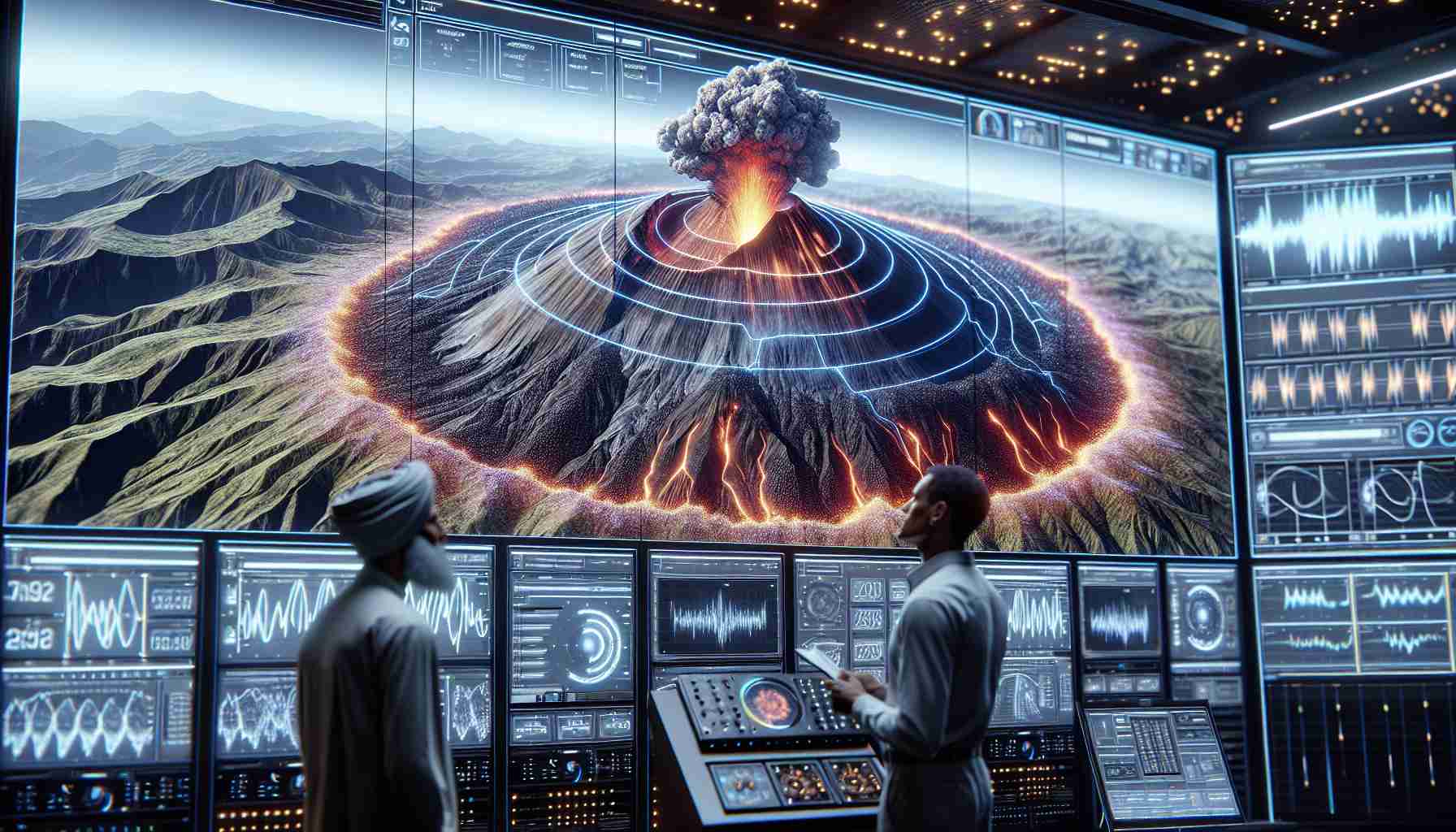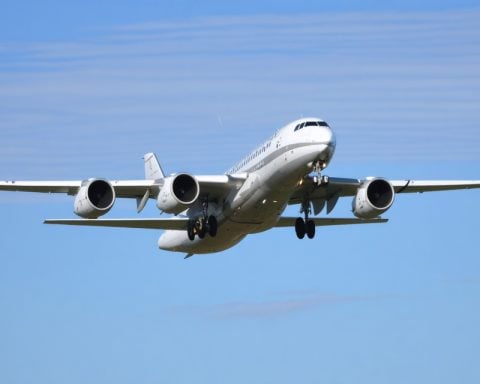In recent years, the potential of artificial intelligence (AI) to revolutionize volcanic monitoring has gained significant attention. Traditionally, volcanologists have relied on manual methods and rudimentary tools to predict eruptions, often with limited success. However, advances in AI provide a new lens through which scientists can watch these natural wonders more closely.
Machine learning algorithms are now being developed to analyze seismic data collected from volcanoes around the world. By training on historical eruption data, these algorithms can identify the subtle signs of volcanic unrest. They detect patterns and anomalies in seismic activities that precede an eruption much earlier than humanly possible. This capability is expected to provide more accurate and timely warnings, potentially saving thousands of lives.
Moreover, drone technology is being paired with AI for more comprehensive surveillance. Drones equipped with high-resolution cameras and thermal sensors can gather real-time data from the crater and surrounding areas, feeding it back to AI systems for immediate assessment. This dual approach could dramatically enhance the understanding of volcanic behavior.
Looking ahead, the integration of AI and remote sensing technologies might transform how we prepare for eruptions. As this cutting-edge research progresses, it could lead to the establishment of a global early warning system, fundamentally changing how communities living in the shadow of volcanoes manage risk. Hence, while the ferocity of volcanic explosions remains largely unpredictable, emerging technologies are offering a promising shield against their destructive power.
Will AI-Powered Drones Become the Future of Volcanic Surveillance?
Innovations in Volcanic Monitoring
Artificial intelligence (AI) is no longer just a buzzword in tech circles; it is transforming industries, including volcanic monitoring. Recent technological strides are redefining how scientists approach the daunting task of predicting volcanic eruptions. While traditional volcanic monitoring relied heavily on manual methods, innovative AI solutions offer more precise, timely alerts by recognizing eruption precursors that might elude human observation.
How AI Enhances Volcanic Prediction
One of the significant innovations includes the use of machine learning algorithms designed to process seismic data. These algorithms are trained to recognize the often complex and subtle signals indicative of imminent volcanic activity. By analyzing historical data, they can distinguish between regular geothermal activities and genuine threats. This advancement promises earlier and more accurate eruption warnings, which could be crucial for the timely evacuation of at-risk populations.
Combining Drones with AI for Unprecedented Coverage
Pairing drones with AI is another groundbreaking development in this field. AI-powered drones equipped with advanced sensors and high-definition cameras provide comprehensive real-time data. They can gather critical information from vantage points that are typically perilous for humans to access. This data, relayed back to AI systems, allows for immediate evaluations that could uncover particular areas of concern or burgeoning threats.
Global Early Warning Systems: From Concept to Reality
The fusion of AI and remote sensing technologies is paving the way for the creation of a global early warning system for volcanic eruptions. As fragmented research begins to consolidate, this could signify a shift towards a more proactive management of volcanic risks worldwide. Communities residing near volcanoes might soon have access to systematic alerts and preparation protocols, mitigating potential devastation.
Challenges and Considerations
However, the path to fully integrated AI solutions in volcanic monitoring is not without challenges. The reliability of predictions hinges on the quality of training data, and there is still a need for comprehensive datasets covering diverse volcanic activities and geographical peculiarities. Moreover, the integration of AI into existing systems requires substantial investment and international cooperation.
Future Prospects
Despite these obstacles, the potential benefits of using AI for volcanic eruptions are promising. Continuous advancements in AI algorithms, faster processing capabilities, and more resilient drones indicate a positive trajectory towards safeguarding human lives in volcanic zones. Tech stakeholders are optimistic about future developments that could further enhance prediction accuracy and the speed of response.
Overall, the convergence of AI with traditional monitoring techniques signals a new era in volcanic research and disaster preparedness. Keeping abreast of these innovations will be essential for researchers, policymakers, and communities alike. For more insights into the potential of AI across various domains, visit the IBM website.



















